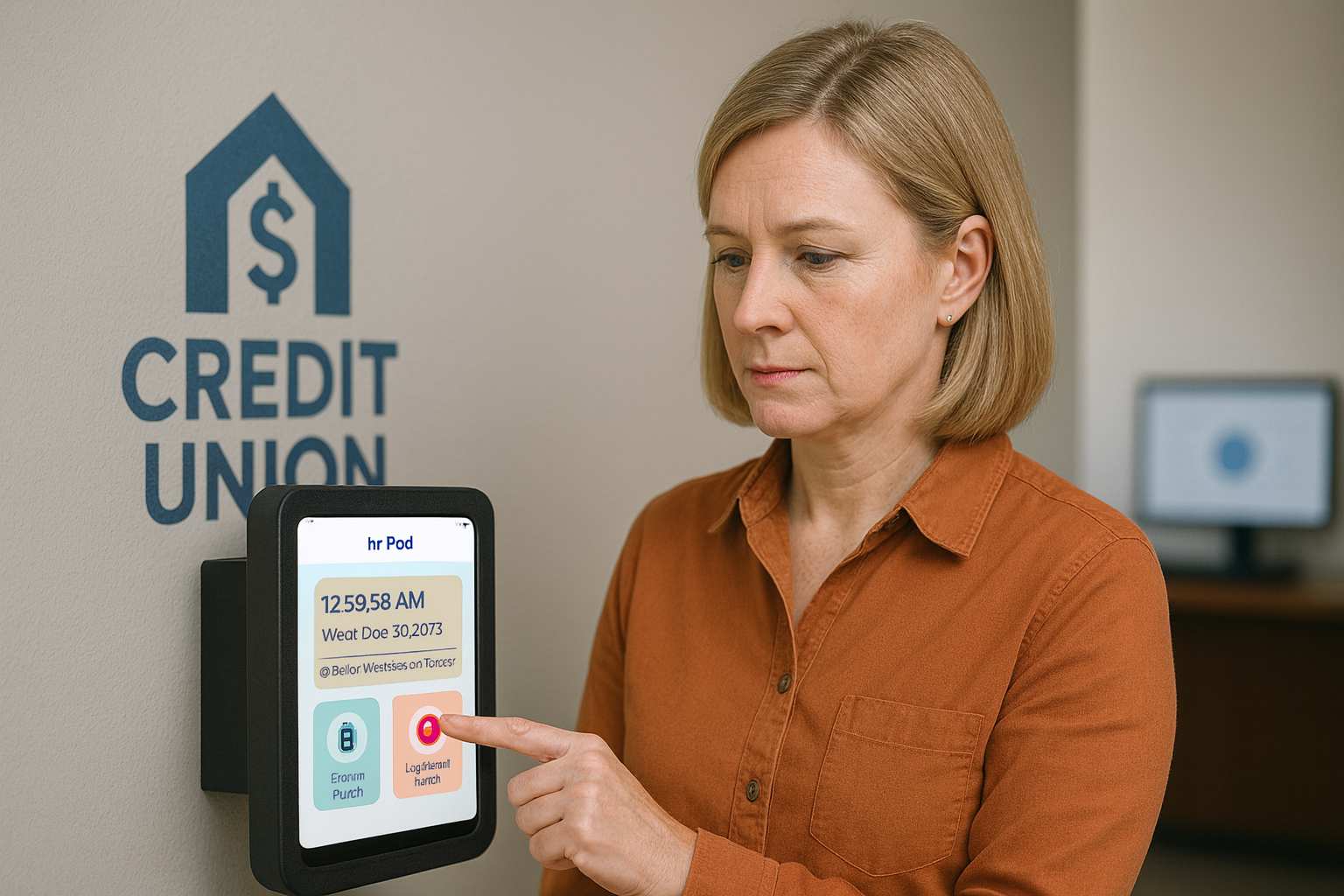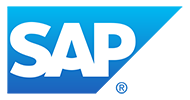Workday's time off tracking can face backdated errors, risking compliance and payroll. CloudApper hrPad enhances Workday with real-time validation, preventing over-limit entries and ensuring accurate time off management across global teams.
Table of Contents
Workday is built to manage global HR processes, including time off tracking and compliance. However, one of the most persistent challenges organizations face is managing Backdated Time Off Errors in Workday. Most organizations configure strict controls in their Workday Time Off Plans—setting lower limits and restricting unpaid units—to avoid over-approvals. But even with these safeguards in place, many companies still encounter a recurring issue during audits: employees have approved backdated time off entries that exceed their actual accruals, resulting in more Backdated Time Off Errors in Workday.
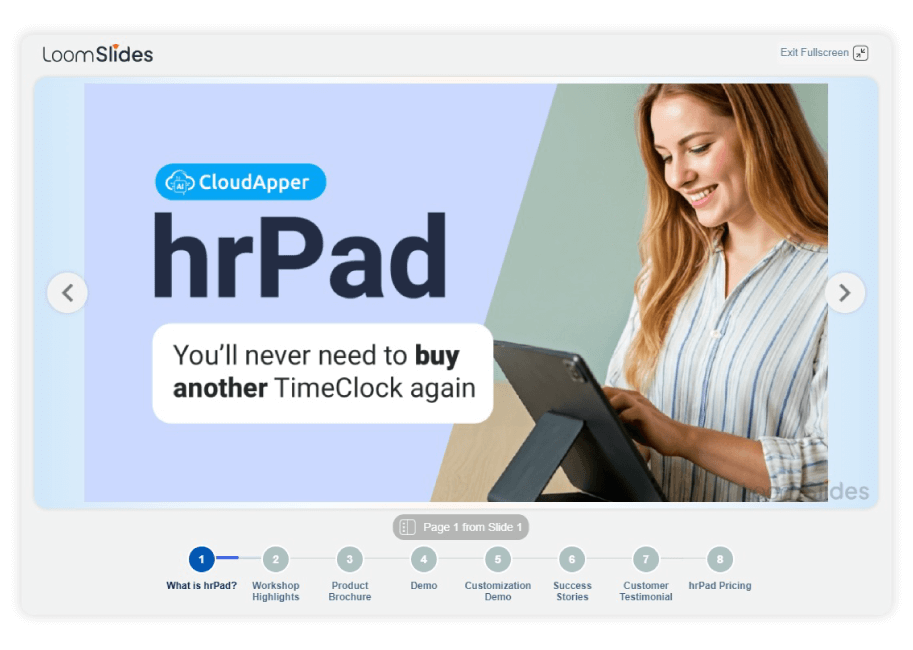
For more information on CloudApper hrPad visit our page here.
These Backdated Time Off Errors in Workday often bypass system validations, leading to compliance risks, payroll inaccuracies, and the need for time-consuming manual corrections. The root problem isn’t just configuration—it’s visibility and control at the time of the request.
That’s where CloudApper hrPad comes in. It enhances your Workday system with real-time validation and transparency for employees and HR teams, catching over-limit entries—including backdated ones—before they’re ever submitted.
Why Workday May Miss Backdated Overages
Although Workday Time Off Plans allow for setting:
- Lower Limits (e.g., 0 hours)
- Maximum Unpaid Units (e.g., 0 hours)
…these settings can still be bypassed under specific conditions:
- The employee enters backdated requests into a past period before the accrual was posted
- Accruals and time off are not re-evaluated at the correct point in time
- Validations are only enforced during submission—not during historical entry
When this happens across multiple countries with different time off rules, the risk scales quickly.
How CloudApper hrPad Solves It
CloudApper hrPad works as a front-end validation layer that sits between the employee and Workday during the time off request process. It intercepts entries—regardless of the date—and checks:
- Available accrual balance at the time of the requested leave
- Time off plan limits and custom rules
- Country-specific configurations (if needed)
This stops incorrect backdated entries at the source, before they affect payroll or compliance.
Key Benefits for Preventing Backdated Time Off Errors in Workday
1. Real-Time Balance Visibility for Employees
Employees can see exactly how much time they had available on the date they’re requesting off—even if that date is in the past. This reduces unintentional over-requests.
2. Universal Rule Enforcement Across All Countries
For multinational organizations, hrPad helps standardize rules without duplicating time off plan logic in Workday. You can apply a single validation rule across all users, regardless of region.
3. Custom Warnings for Backdated Requests
hrPad can be configured to flag or block entries like:
“Your requested time off exceeds your balance as of the requested date.”
This gives HR and employees early visibility before they submit.
4. Audit-Ready Logs of Exceptions and Overrides
All actions taken in hrPad—such as approvals, denials, and corrections—are logged with timestamps. This creates a clear audit trail, making audits faster and more transparent.
A Real-World Use Case
Let’s say an employee in Germany submits a backdated request for 5 days off in August. Due to local holiday accrual patterns, they only had 2 days available at that point. Workday allows the request because validations were missed.
With hrPad, this request would be:
- Flagged as exceeding balance at the time of leave
- Sent back to the employee for revision or justification
- Optionally routed to HR for exception handling
The error is stopped before it becomes a payroll correction.
Final Thought
Configuration alone doesn’t prevent all time off mistakes—especially when backdated entries are involved. CloudApper hrPad adds a smarter layer of control to Workday by validating time off requests in real time, enforcing plan rules across global teams, and preventing approvals that exceed accruals.
What is CloudApper AI Platform?
CloudApper AI is an advanced platform that enables organizations to integrate AI into their existing enterprise systems effortlessly, without the need for technical expertise, costly development, or upgrading the underlying infrastructure. By transforming legacy systems into AI-capable solutions, CloudApper allows companies to harness the power of Generative AI quickly and efficiently. This approach has been successfully implemented with leading systems like UKG, Workday, Oracle, Paradox, Amazon AWS Bedrock and can be applied across various industries, helping businesses enhance productivity, automate processes, and gain deeper insights without the usual complexities. With CloudApper AI, you can start experiencing the transformative benefits of AI today. Learn More
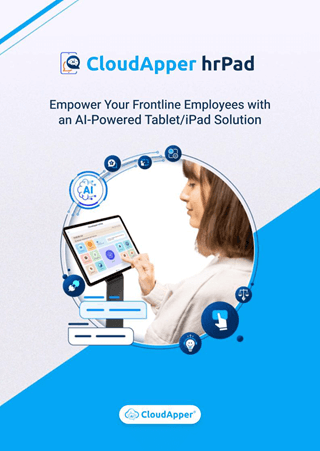
Brochure
CloudApper hrPad
Empower Frontline Employees with an AI-Powered Tablet/iPad Solution
Download Brochure
CloudApper AI Solutions for HR

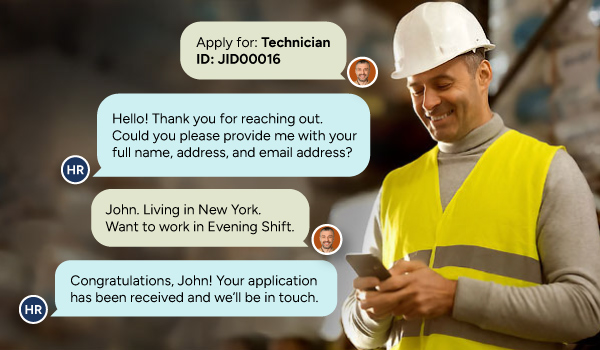

- Works with
- and more.
Similar Posts
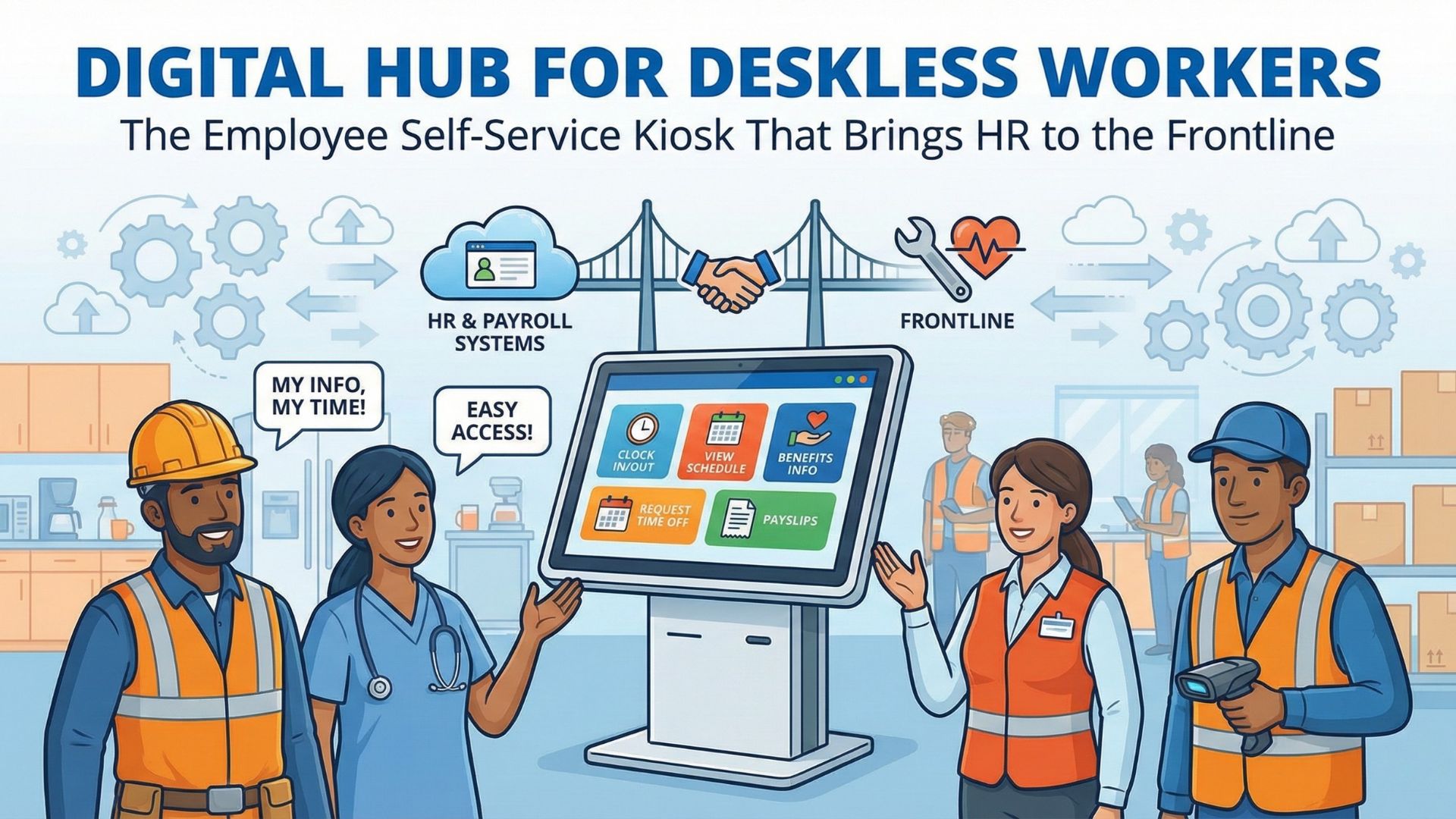
Digital Hub for Deskless Workers: The Employee Self-Service Kiosk That…
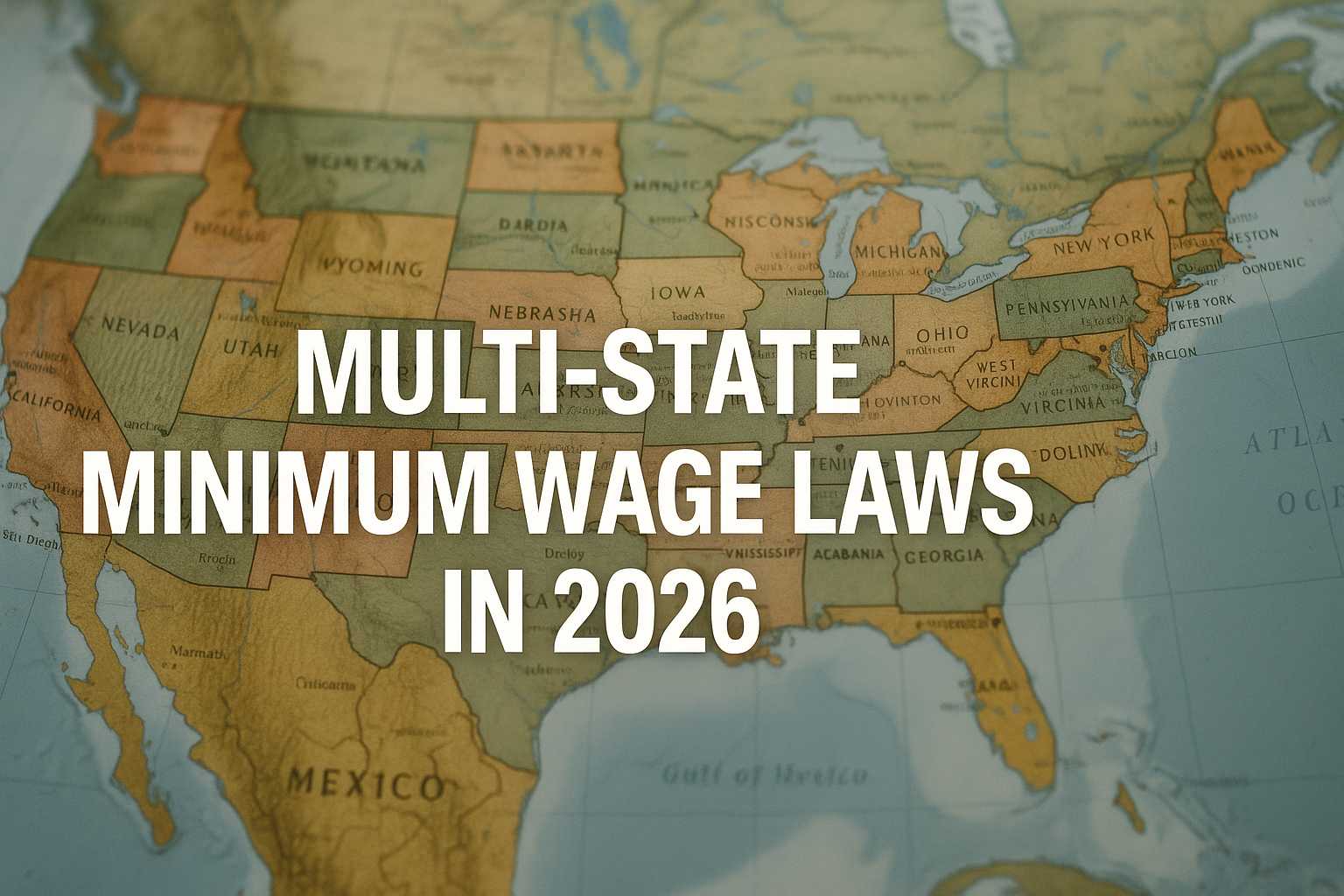
Managing Complex Multi-State Minimum Wage Laws in 2026 with CloudApper…
